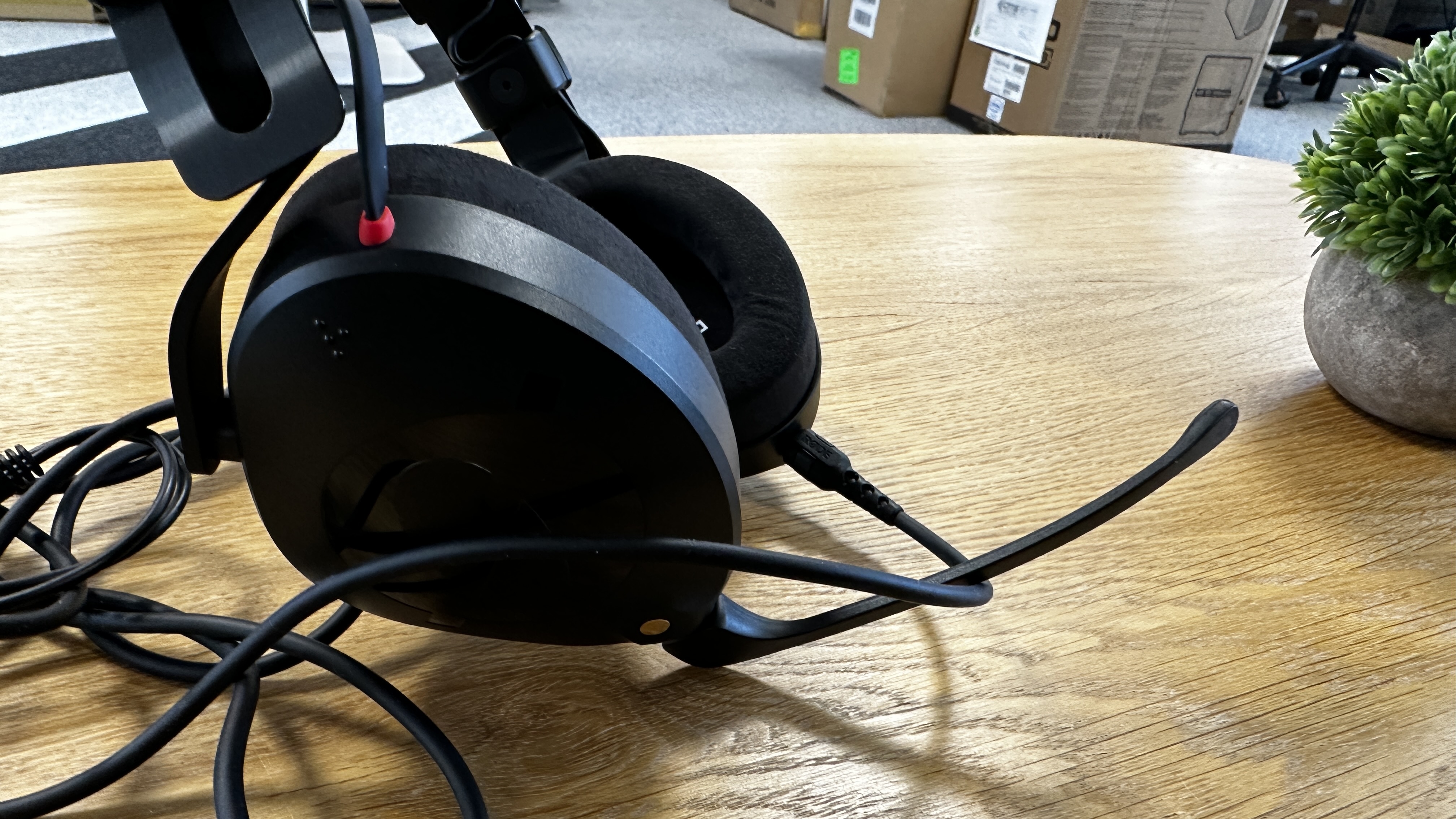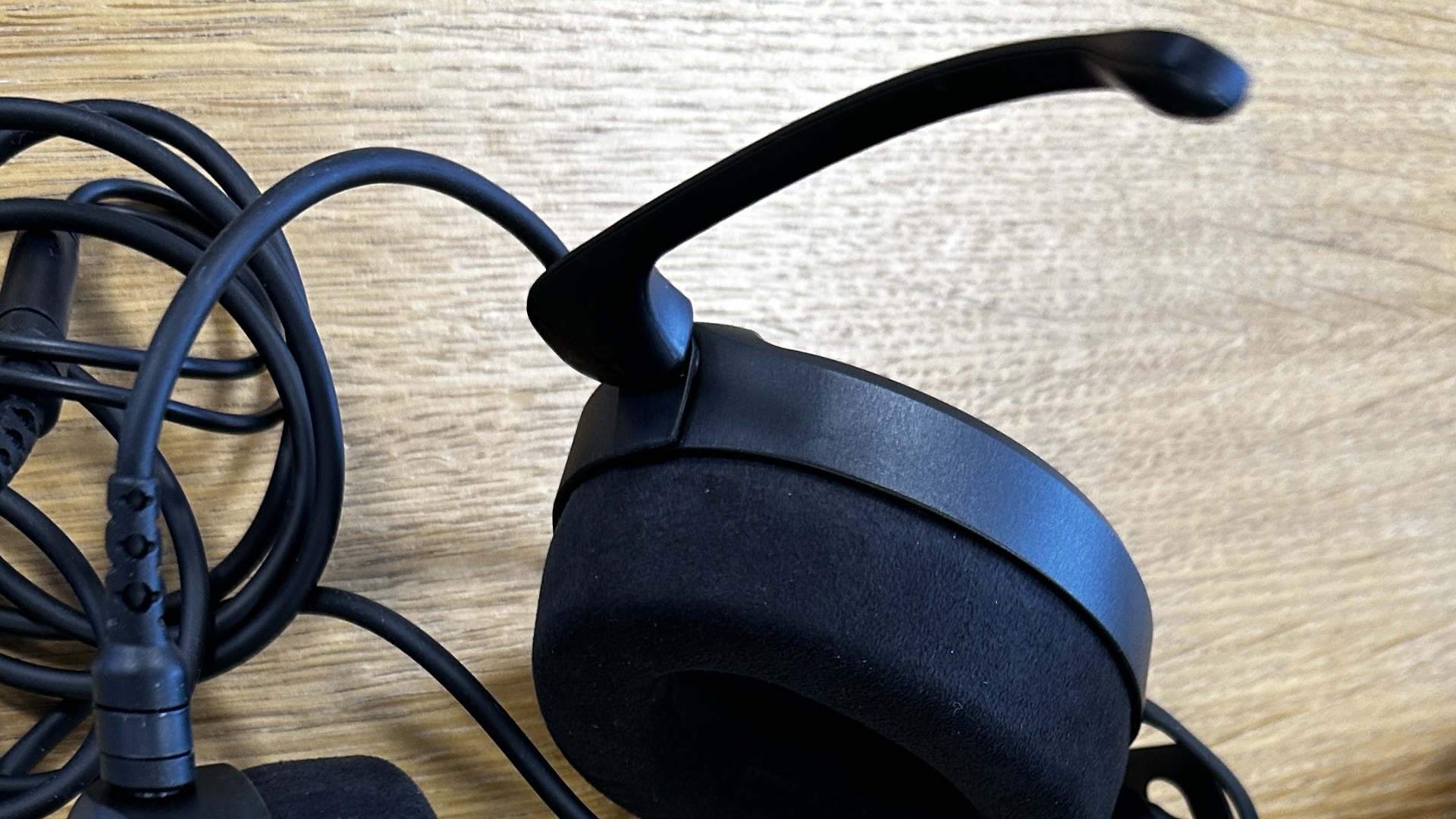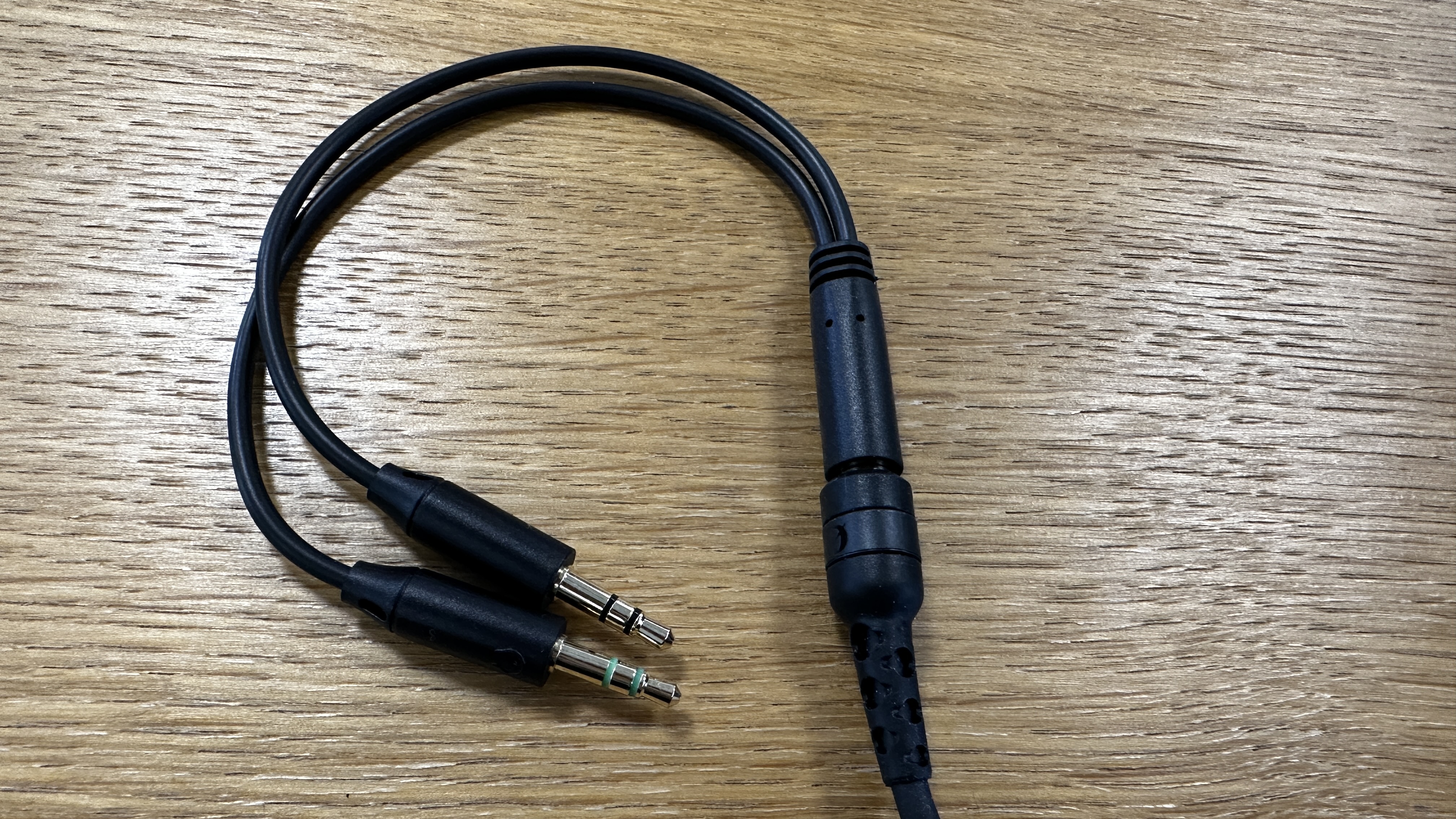Rode NTH-100M review - An excellent gaming headset with limited use
The Rode NTH-100M is the microphone manufacturer’s first ever gaming headset. The new release takes the existing NTH-100 studio monitoring headphones and adds a compact 3.5mm microphone with the goal of high-end broadcast-quality gaming and streaming. Despite not being branded under the RodeX gaming and streaming line, that’s clearly the intention with this repackaged model.
The Rode NTH-100 are some of the best headphones available, as we gave them a five-star review. I’ve been equally impressed by them in my year of using them. The NTH-100M can’t be considered one of the best headsets for consoles because the 3.5mm jack splitter makes it difficult to use. It can still go down as one of the best wired headsets, however.
Price and Availability
The Rode NTH-100M was released in February 2023 and is available in countries the US and the UK and the brand’s native Australia. You can pick up the company’s debut gaming headset for $189 / £195 / AU$279 at big-box retailers or from Rode directly. You’re paying roughly $40 / £45 / $AU35 over the price of the NTH-100 headphones. Alternatively, if you own the Rode NTH-100 headphones, you can pick up the NTH-Mic headset attachment separately for $59 / £63 / AU$99.
Design and Features

Little separates the Rode NTH-100M from their headphone equivalents, except for the included NTH-Mic and the splitter cable. As a headset, the actual cups and construction are incredibly high quality and feature a plush band described by the brand as “CoolGel” foam for comfort over time. These were originally monitoring headphones, so they’re built to be worn over long periods with a lightweight frame to prevent discomfort.
The microphone is made from a molded plastic that’s rigid. There’s no flexibility in the 3.5mm NTH-Mic, as you may typically find from other companies' bendable nature of headset microphones. The small mic has a premium feel, though, as there’s no warping or bending when applying resistance. The mic screws into either the left or right aux port on the cups, and you can freely rotate it toward your mouth when needed.
The included two-way splitter is less impressive than the NTH-Mic, which takes the standard 3.5mm jack and gives you both a headphone and microphone slot. There’s no getting around the fact that it’s quite an outdated audio out, and it severely limits using the headphones and microphone simultaneously, as you need to free up both ports. I wish the company had opted for the more standardized USB-A or USB-C so that more devices could use the microphone, like the PS5, Nintendo Switch, and Xbox Series X, instead of limiting the headphones through the aux port.
Performance

The Rode NTH-100M performs well as a gaming headset, with the Rode-NTH mic sounding a cut above your everyday headset microphone. Given its small size and aux input, the overall sound quality is impressive, and I found myself sounding clear during audio playback and talking to friends. That said, there’s a noticeable difference to some of the best USB microphones made by the brand, including my Rode NT-USB model.
Compared to the microphone on the similarly expensive SteelSeries Arctis 7P+ and the Razer Kraken Kitty V2 Pro, the Rode NTH-100M’s microphone does sound better. However, it’s not that much of a jump to justify those wireless and wired models' more limited connectivity. That all changes when you factor in how good audio playback comes through with this gaming headset.
The Rode NTH-100M supplies some of the best-sounding audio I’ve ever experienced when gaming, due to the flatter, softer sound profile, which carries across more muted than the dialed-up audio drivers generally seen in gaming headsets. That’s because the 40mm drivers here were built for musicians and broadcasters for maximum clarity, and that certainly comes across when enjoying high-octane gaming.

I enjoyed many hours of roaming around the frontier of Red Dead Redemption 2, taking in the nighttime ambiance of late-night horseback riding and the various predators that stalk their prey through the brush. The quiet was expertly juxtaposed with the thunderous roar of a sawed-off shotgun or repeater rifle finding its target in one of many hectic gunfights.
How Hotline Miami’s Darksynth soundtrack pulses through the violent haze is equally strong. It’s some of the most natural sounding balancing I have experienced in my years with headphones and headsets as both a musician and a gaming content creator.
Ultimately, the Rode NTH-100M represents missed potential for what a Rode gaming headset could be. Now that the company has launched its RodeX line aimed at gamers and streamers, I am hopeful that the next attempt is made from the ground up for a wider audience instead of being an extension of an existing product. It’s hard to completely right this gaming headset off because the foundations are so strong, but I can’t help but feel a lot more could have been done to make the first foray into headsets so much stronger.
Should I buy the Rode NTH-100M gaming headset?
Buy it if...
You want excellent audio quality
The Rode NTH-100M produces some of the highest-quality audio I’ve ever experienced from a gaming headset.
You want a high-end headset microphone
The included NTH-Mic is a cut above what’s normally seen from gaming headsets at this price point.
Don't buy it if...
You play on consoles
While you can get the full audio experience on Xbox Series X and PS5 through the controller, the outdated output from the mic means that you can’t get the best use out of the NTH-Mic.
You already own the NTH-100
If you’re thinking of turning your headphones into a headset, then you’re better off buying the standalone NTH-Mic separately instead of replacing it outright.
0 comments:
Post a Comment